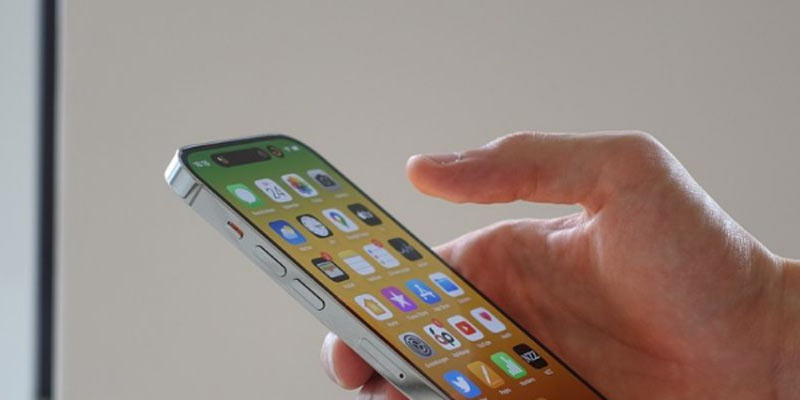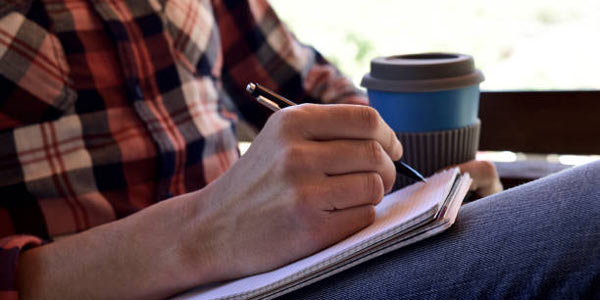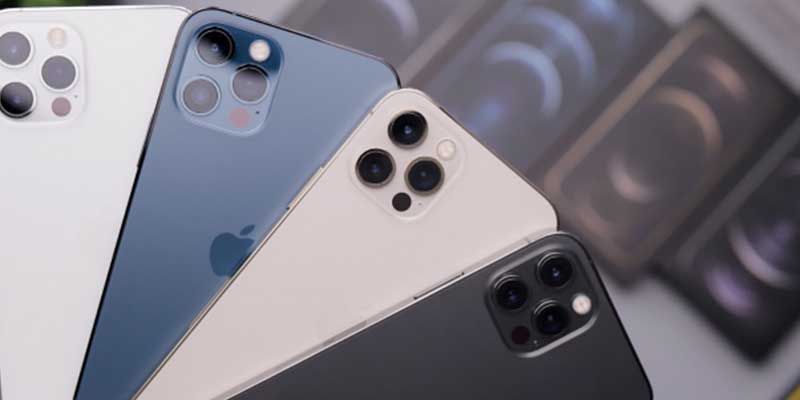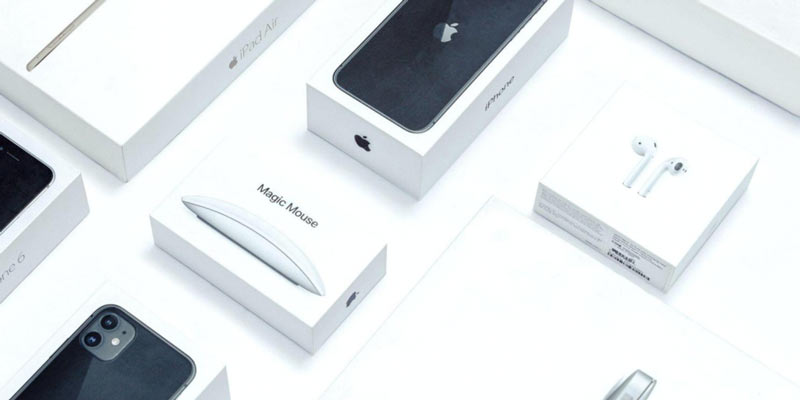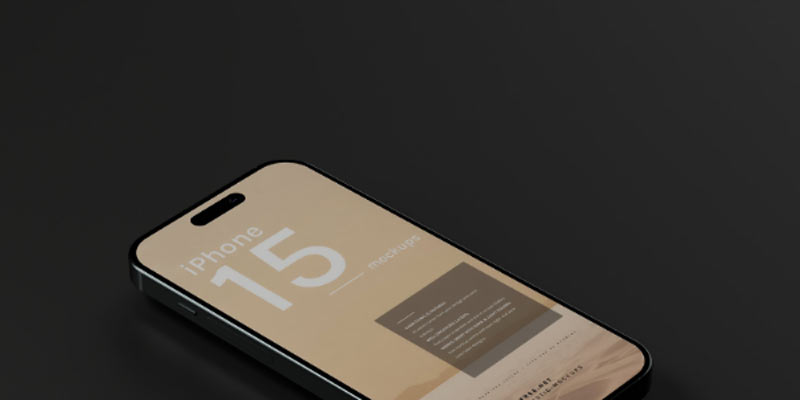The Apple iPhone 14, like its predecessors, has garnered a lot of attention and scrutiny, with one of the commonly discussed topics being the iPhone’s signal. Users often question whether the signal on their device is up to par. Another growing concern among iPhone users is whether using a mobile phone case can impact it.
There are many intricacies of the iPhone 14’s signal. From how the iPhone 14 receives and sends signals to whether an iPhone case deeply impacts coverage, here is all you need to know.
How Does the Apple iPhone 14 Receive and Send Signals?
To understand the iPhone 14’s signal performance, it’s crucial to grasp how it receives and sends signals. Modern smartphones, including the iPhone 14, operate using a combination of cellular, Wi-Fi, and Bluetooth connectivity.
1. Cellular Connectivity:
The iPhone 14 supports various cellular networks, including 5G, 4G LTE, and 3G. These networks allow the device to transmit and receive data and voice signals over long distances. Your iPhone 14 has multiple antennas designed to optimize signal reception. These antennas are strategically placed to minimize interference and maximize signal strength.
2. Wi-Fi Connectivity:
iPhones nowadays use Wi-Fi more often for faster internet access. The Wi-Fi module in the iPhone 14 communicates with nearby Wi-Fi routers to exchange data. The iPhone signal strength depends on the distance from the Wi-Fi router, the number of obstacles between the phone and the router, and the router’s capabilities.
3. Bluetooth Connectivity:
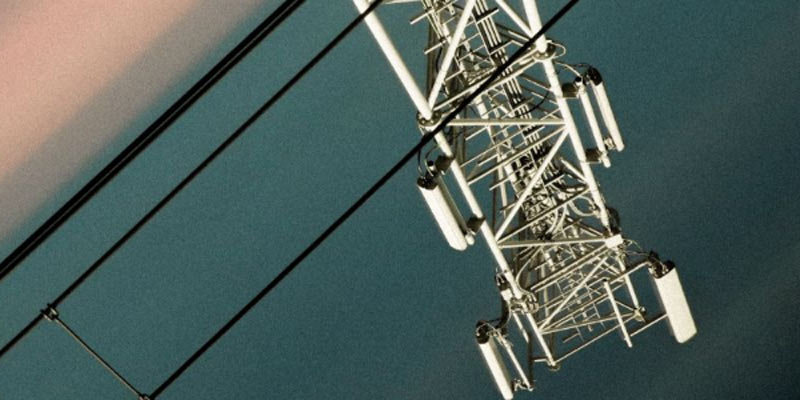
Bluetooth is used for short-range communication with other Apple devices, such as wireless headphones, speakers, or accessories. Signal strength is typically reliable within the specified Bluetooth range. But users can expect a weak iPhone signal strength once an iPhone is out of range.
Why Is the Signal of Apple iPhone Always Criticized?
The signal strength of Apple iPhones, including the latest iPhone 14, has often been the target of criticism from users and tech enthusiasts alike. These criticisms stem from factors contributing to the perception of iPhone signal performance.
Firstly, antenna placement is a critical aspect of smartphones. The way antennas are positioned within the iPhone can have a substantial impact on signal reception. In some instances, users may inadvertently hold their iPhones in the “death grip,” which is a manner that obstructs the antennas. When this happens, the phone’s ability to receive and transmit signals is compromised, reducing signal strength. To mitigate this issue, Apple has made efforts in recent iPhone models, including the iPhone 14, to optimize antenna placement and minimize the occurrence of the death grip. However, it has still not been eliminated, which tends to disappoint iPhone users.
Perception bias also plays a role in criticizing iPhone signal strength. Some users have high expectations for Apple products, often assuming that iPhones should deliver flawless performance in all aspects, including signal reception. When these expectations aren’t met, it can lead to exaggerated criticism and a perception that iPhone signal strength is worse than it is. Acknowledging that signal performance is influenced by numerous external factors beyond Apple’s control is important.
Factors Affecting Mobile Phone Signal
Mobile phone signal strength is critical to the overall mobile communication experience. Various factors influence it, each contributing to the signal’s quality and reliability, not just Apple’s competence. Understanding these factors is crucial for users seeking to optimize their mobile phone’s signal performance.
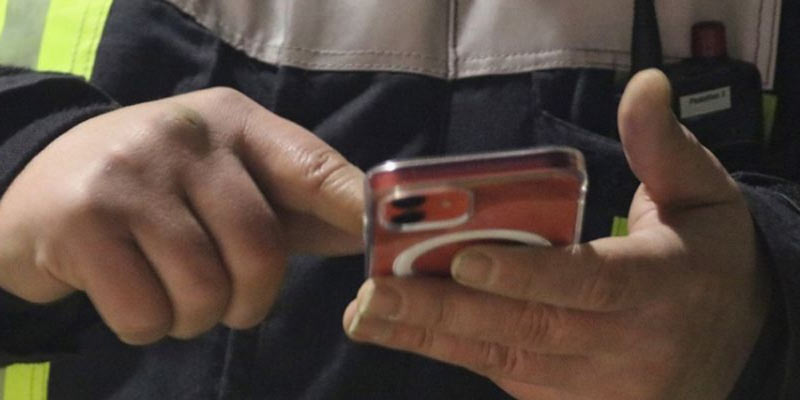
Network Variability
Network variability plays a significant role in iPhone signal strength. This means that the strength of the signal can vary greatly depending on the user’s location and the quality of the network infrastructure in that area. In regions with robust network coverage, users typically experience stronger signals, while those in remote or underserved areas may encounter weaker signals. This typically results in dropped calls or slower data speeds. This inherent variability in network quality can lead to mixed experiences for iPhone users.
Distance from Cell Tower
One of the primary factors affecting iPhone signal strength is the user’s proximity to a cell tower. The closer a user is to a cell tower, the stronger the signal they will receive. This is because signals travel in a straight line and weaken as they propagate through space. Thus, users close to a cell tower generally experience better signal quality and faster data speeds.
Obstacles
Physical obstacles, such as buildings, hills, and dense trees, can significantly impact signal strength. Solid objects like concrete and steel are particularly effective at blocking or reflecting cellular signals. As a result, signals struggle to penetrate through such obstacles, leading to weaker signals or even signal loss inside buildings or in areas with significant natural barriers. Users in urban environments often encounter these challenges when surrounded by tall buildings.
Interference
Interference from other electronic devices can disrupt iPhone signals. Common household appliances like microwave ovens and cordless phones can emit electromagnetic interference in the same frequency bands mobile networks use. When these devices are in operation, they can interfere with the phone’s signal reception, leading to call drops or reduced data speeds.
Network Congestion
Network congestion is a universal challenge that affects all smartphones, not just iPhones. Network infrastructure can overload data traffic during peak usage, such as crowded events or rush hours. This congestion can result in slower data speeds, increased latency, and decreased iPhone signal quality. While this issue isn’t unique to Apple devices, iPhone users may experience it more acutely during network congestion, contributing to criticisms about signal performance.
Weather Conditions
Weather can notably impact iPhone signal strength, particularly in remote areas with limited cell tower coverage. Snow, rain, storms, and other adverse weather conditions can interfere with signals by scattering or absorbing radio waves. In extreme cases, severe weather events may even cause temporary service disruptions.
Do Mobile Phone Cases Affect Mobile Phone Signals?
The impact of iPhone phone cases on signal strength is a big concern for many smartphone users. Does it impact signal strength or not? If so, how can one use this to our advantage? To comprehensively understand this issue, let’s investigate it further by examining scientific implementations and data.
Material Composition
iPhone 14 phone cases come in many materials, including plastic, silicone, metal, and leather. These materials possess different properties, some of which can influence signal interference.
For instance, metal cases have conductive properties that can block signals. Metal materials are particularly effective at reflecting or absorbing radio waves, which is essential for cellular communication. When a metal case fully encases the phone, it can obstruct the antennas’ ability to send and receive signals effectively, resulting in weaker signals.
Design and Construction
The design and construction of an iPhone mobile phone case can also significantly impact signal strength. Cases that envelop the entire phone, including antennas, may obstruct signal reception. This is especially true if the case material is thick or dense.
However, some cases are explicitly designed with signal pass-through in mind. These cases feature strategic openings or use materials that do not interfere with the phone’s antennas. In such cases, iPhone signal strength is less likely to be affected.
Signal Boosting Cases
Some manufacturers offer iPhone signal-boosting cases that claim to enhance signal strength. These cases typically incorporate built-in antennas or signal amplifiers to improve signal reception. While they may boost signal strength in certain situations, their effectiveness can be variable.
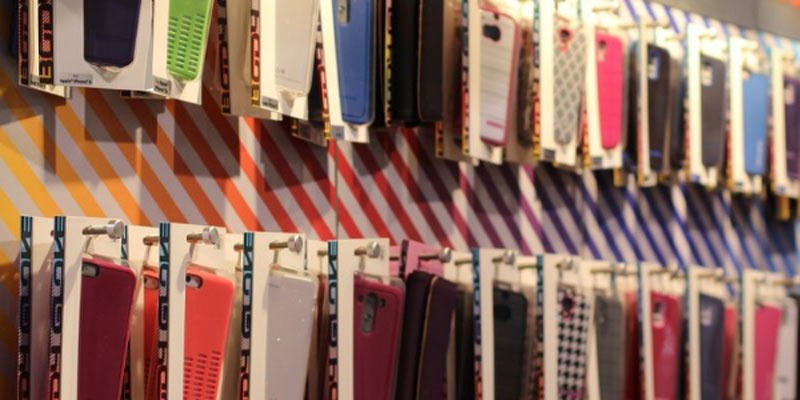
The performance of signal-boosting phone cases depends on several factors. These iPhone signal boosters include the specific design and material of the case and the strength of the existing signal. These cases may offer a more noticeable improvement in areas with weak signals than those with strong signal coverage. However, users should be cautious and consider independent reviews and testing when evaluating the claims made by such cases. It is always wise to do extra research on such products as their results may not always live up to expectations.
iPhone Signal Boosters
An alternative to signal-boosting phone cases is iPhone signal boosters. Also known as cell phone signal amplifiers or repeaters, they are devices designed to enhance signal strength and reception for iPhone users. These devices capture and amplify weak cellular signals from nearby cell towers and then rebroadcast the boosted iPhone signal within the immediate vicinity. This can improve call quality, faster data speeds, and reduce the number of dropped calls, especially in areas with poor network coverage.
Takeaway
When it comes to mobile phone cases, their impact on signal strength varies. Cases made of materials like metal may obstruct signals, while others have been designed to minimize interference. Scientific testing has confirmed that some cases can affect iPhone signal strength to a certain degree, particularly in areas with weak signals. However, the impact is only consistent across some cases.
Ultimately, choosing a mobile phone case should consider aesthetics and functionality. Users in areas with strong network coverage are less likely to notice any signal loss due to their cases. In contrast, those in areas with weaker signals may need to be more cautious in selecting cases to ensure minimal signal interference. As technology evolves, future models may feature improved iPhone signal reception, addressing users’ concerns.
